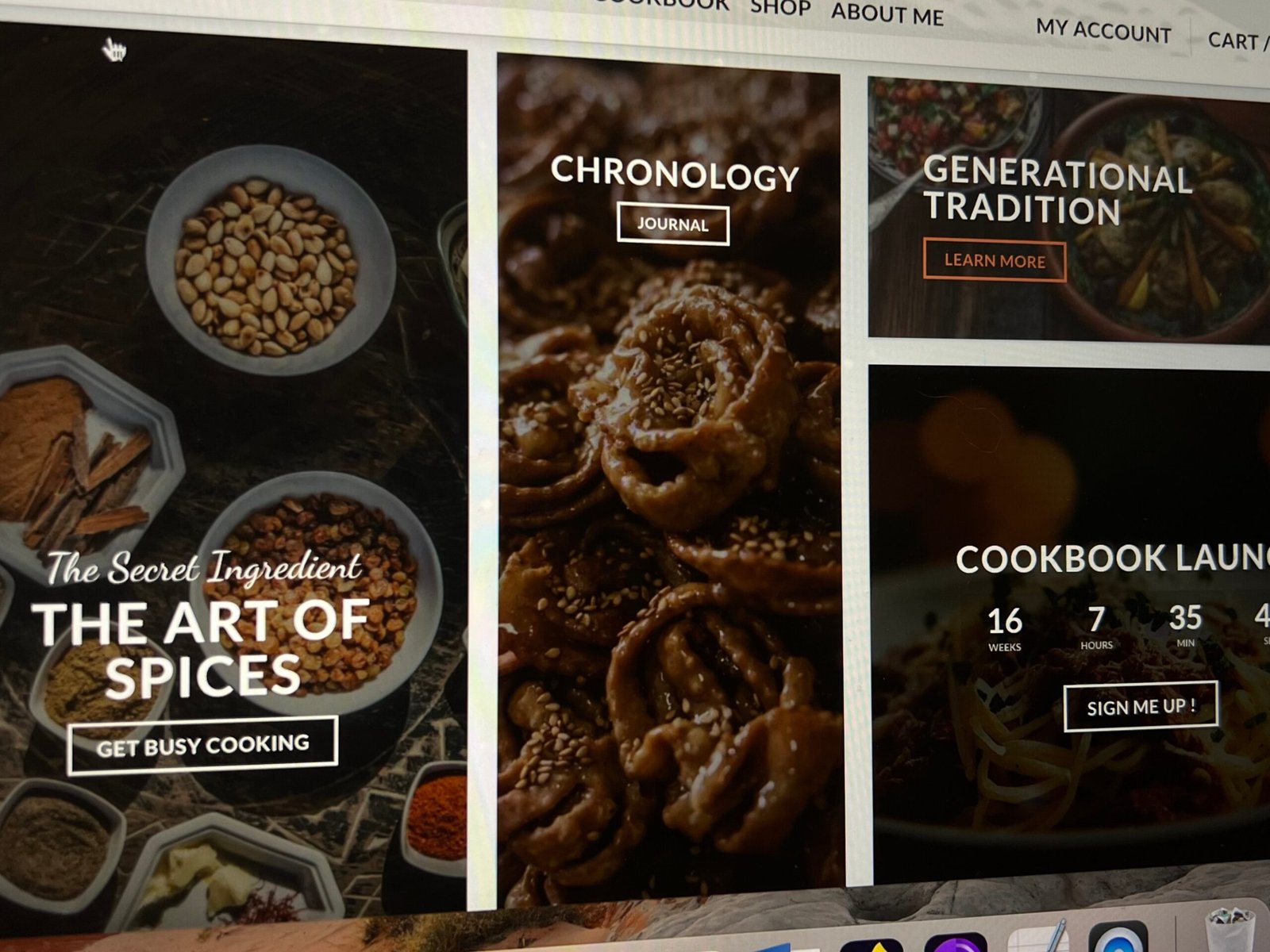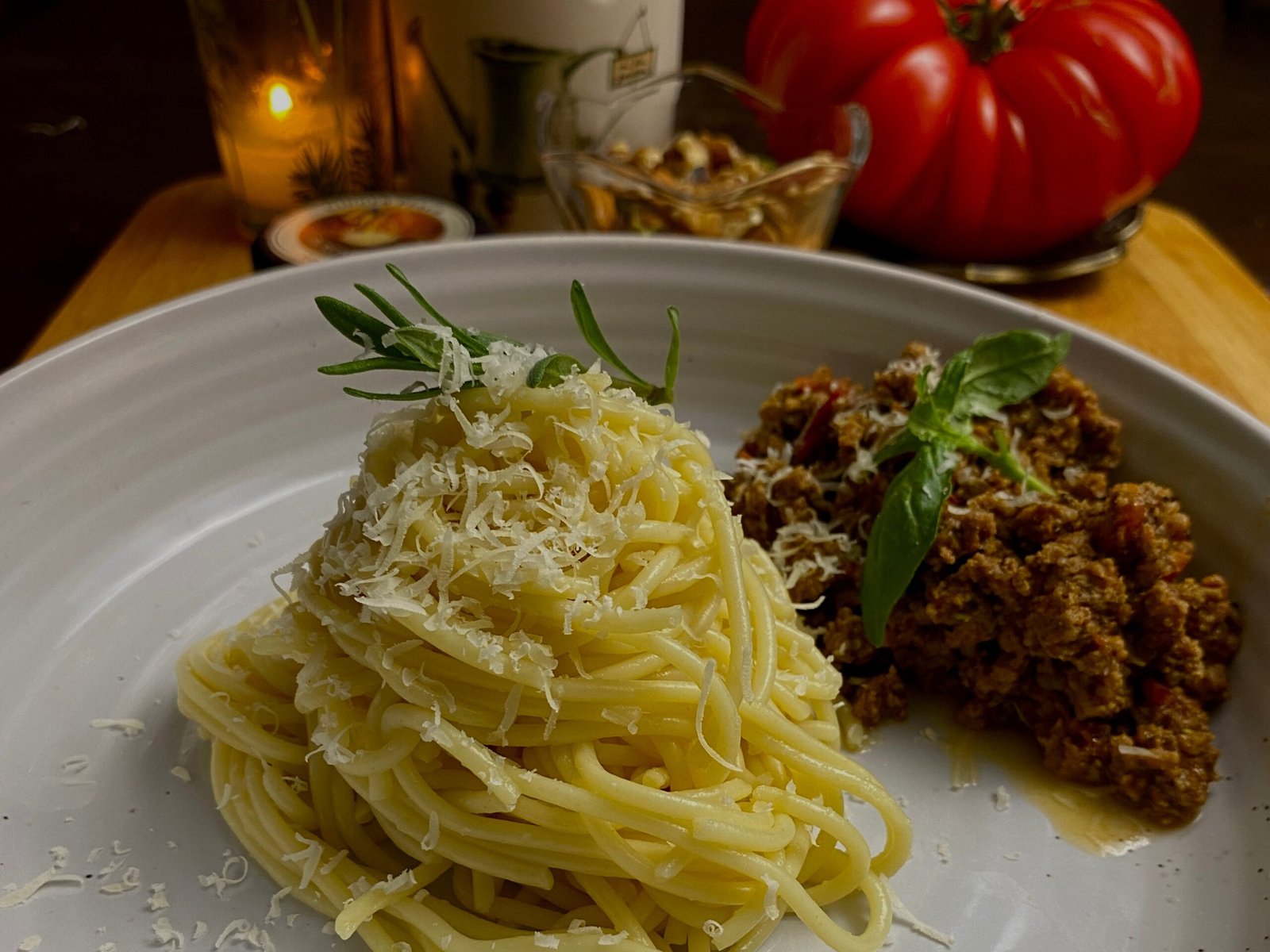How to Start a Food Blog
Are you a food enthusiast looking to share your culinary adventures with the world? Starting a food blog might just be the perfect way for you to chronicle your cooking experiments, share your favorite recipes, and connect with like-minded foodies. In this article, we will guide you through the step-by-step process of how to start a food blog. 
Choosing a Niche for Your Food Blog
Before you dive into the world of food blogging, it’s important to identify your niche. What makes your culinary journey unique? Are you passionate about vegan cooking, baking, or exploring international cuisines? By choosing a niche for your food blog, you can establish yourself as an expert in that specific area and attract a dedicated audience. To find your niche, start by reflecting on your own cooking preferences and areas of expertise. Consider your favorite types of cuisine, dietary restrictions, or any specific food-related topics you are passionate about. Once you have identified your niche, think about how you can differentiate yourself from other food bloggers in that space. Perhaps you have a unique perspective or a special skill that sets you apart. Remember, choosing a niche doesn’t mean you can’t explore other culinary topics. It simply means that you have a primary focus for your blog, which helps you build authority and credibility in that area. 
Setting Up Your Food Blog
Now that you have chosen your niche, it’s time to set up your food blog. The first step is to select a catchy and memorable blog name that captures the essence of your culinary journey. Make sure the name is easy to remember, spell, and reflects your personality as a food blogger. Once you have chosen a name, you’ll need to register a domain and set up hosting for your blog. There are several blogging platforms available, but WordPress is the most popular choice among food bloggers. It offers a user-friendly interface, customizable themes, and a wide range of plugins that can enhance the functionality of your blog. Once you have installed WordPress, choose a theme that aligns with your blog’s aesthetics and customize it to reflect your brand. Next, create essential pages for your blog, such as an about page, contact page, and recipe index. These pages will help your readers get to know you better and easily navigate your blog. Don’t forget to set up a professional email address and social media accounts to promote your blog and connect with your audience.
Creating High-Quality Food Content
As a food blogger, your content is the heart and soul of your blog. To attract and retain readers, it’s crucial to create high-quality and visually appealing food content. Invest in good quality kitchen tools, ingredients, and learn basic food styling techniques to make your dishes look irresistible. When it comes to food photography, lighting is key. Natural light is the best option for capturing mouthwatering images. Set up your food near a window or shoot outdoors to take advantage of soft, diffused light. Experiment with different angles, props, and compositions to create visually stunning images that showcase the beauty of your recipes. In addition to photography, consider incorporating videos into your content strategy. With the popularity of platforms like Instagram and TikTok, short recipe videos have become immensely popular. They are a great way to engage your audience and provide step-by-step instructions for your recipes.
Food Photography Tips and Tricks
Creating stunning food photography requires some technical knowledge and practice. Here are a few tips and tricks to help you improve your food photography skills:
- Use a tripod: A tripod will help you achieve sharper images, especially when shooting in low light conditions or using slower shutter speeds.
- Experiment with composition: Play around with different angles, props, and arrangements to create visually appealing compositions. Consider the rule of thirds, leading lines, and negative space to add interest to your photos.
- Edit your photos: Post-processing your images can make a significant difference in the final result. Use editing software like Adobe Lightroom or other free editing tools to enhance colors, adjust exposure, and sharpen your photos.
- Practice patience: Food photography takes time and patience. Take multiple shots from different angles and perspectives to capture the perfect image. Don’t be afraid to rearrange the food or make small adjustments to get the desired look.
Remember, practice makes perfect. Keep experimenting, learning, and refining your photography skills to create captivating food images that will leave your audience hungry for more.
Writing Compelling Food Blog Posts
While visually appealing food photography is important, well-written content is equally essential for a successful food blog. Your blog posts should not only provide delicious recipes but also tell a story, share your personal experiences, and provide valuable information to your readers. Start by creating a content calendar and brainstorming ideas for your blog posts. Consider seasonal ingredients, holidays, or food-related events that you can tie into your content. Plan your posts in advance to ensure a consistent flow of content on your blog. When writing your blog posts, keep in mind that your audience is looking for more than just recipes. They want to connect with you on a personal level and learn from your expertise. Share anecdotes, tips, and tricks, and provide detailed instructions for your recipes. Use a conversational tone to make your blog posts engaging and relatable. Additionally, optimize your blog posts for search engines by including relevant keywords in your post titles, headings, and throughout the content. This will help your blog rank higher in search engine results and attract organic traffic.
SEO for Food Bloggers
Search Engine Optimization (SEO) is crucial for driving organic traffic to your food blog. By implementing SEO best practices, you can increase your blog’s visibility in search engine results and attract more readers. Here are a few SEO tips specifically tailored for food bloggers:
- Keyword research: Identify relevant keywords that your target audience is searching for. Use keyword research tools like Google Keyword Planner or SEMrush to find popular keywords related to your recipes or food niche.
- Optimize your blog posts: Incorporate your target keywords in your blog post titles, headings, and throughout the content. However, make sure to use them naturally and avoid keyword stuffing, as it can harm your search rankings.
- Create compelling meta descriptions: Meta descriptions are the short summaries that appear in search engine results. Craft compelling and concise meta descriptions that entice readers to click through to your blog.
- Build backlinks: Backlinks from reputable websites can significantly improve your blog’s authority and search rankings. Reach out to other food bloggers, collaborate on guest posts, or participate in roundup posts to acquire backlinks.
- Optimize your images: Use descriptive file names and alt tags for your food images. This helps search engines understand what your images are about and improves their visibility in image search results.
Remember, SEO is an ongoing process. Stay updated with the latest SEO trends and continue optimizing your blog to improve your search rankings and attract more organic traffic.
Building a Community and Engaging with Your Audience
Building a community around your food blog is crucial for success. Engaging with your audience creates a sense of connection and loyalty. Here are a few tips to help you build and nurture your community:
- Respond to comments: Take the time to respond to comments on your blog and social media platforms. Engage in conversations, answer questions, and show appreciation for your readers’ feedback.
- Encourage user-generated content: Encourage your readers to share their experiences with your recipes by tagging you on social media or using a specific hashtag. Share and feature their content on your blog or social media platforms to show appreciation and foster a sense of community.
- Collaborate with other bloggers: Collaborating with other food bloggers can help you expand your reach and tap into new audiences. Consider guest posting, hosting giveaways, or participating in virtual events together.
- Be active on social media: Social media platforms like Instagram, Pinterest, and Facebook are powerful tools for connecting with your audience. Regularly share your blog content, behind-the-scenes glimpses, and interact with your followers.
By actively engaging with your audience, you can create a loyal community of food lovers who are eager to try your recipes, share their experiences, and spread the word about your blog.
Monetizing Your Food Blog
If you’re looking to turn your food blog into a source of income, there are several ways to monetize your content. Here are a few popular monetization strategies for food bloggers:
- Sponsored posts: Collaborate with brands and create sponsored content that aligns with your blog’s niche and audience. Be transparent and disclose any sponsored partnerships to maintain the trust of your readers.
- Affiliate marketing: Join affiliate programs and promote products or services that you genuinely recommend. Earn a commission for each sale or referral made through your affiliate links.
- Advertisements: Display ads on your blog using ad networks like Google AdSense or Mediavine. However, be mindful of the placement and number of ads to ensure a positive user experience.
- Create and sell your own products: Leverage your expertise and create digital products like e-books, online courses, or meal plans to sell to your audience.
- Work with brands on long-term partnerships: Establish long-term partnerships with brands that align with your blog’s values and create ongoing sponsored content or ambassador programs.
Remember, monetizing your blog takes time and effort. Focus on building a loyal audience and creating high-quality content before diving into monetization strategies.
Conclusion
Starting a food blog is an exciting journey that allows you to share your culinary adventures with the world. By choosing a niche, setting up your blog, creating high-quality content, and engaging with your audience, you can establish a successful food blog that resonates with food lovers around the globe. Remember, consistency and passion are key. Keep experimenting with new recipes, refining your photography skills, and connecting with your readers. With dedication and perseverance, your food blog can become a platform for creativity, inspiration, and connection within the food community. So grab your apron, sharpen your knives, and embark on this delicious adventure of starting a food blog.
